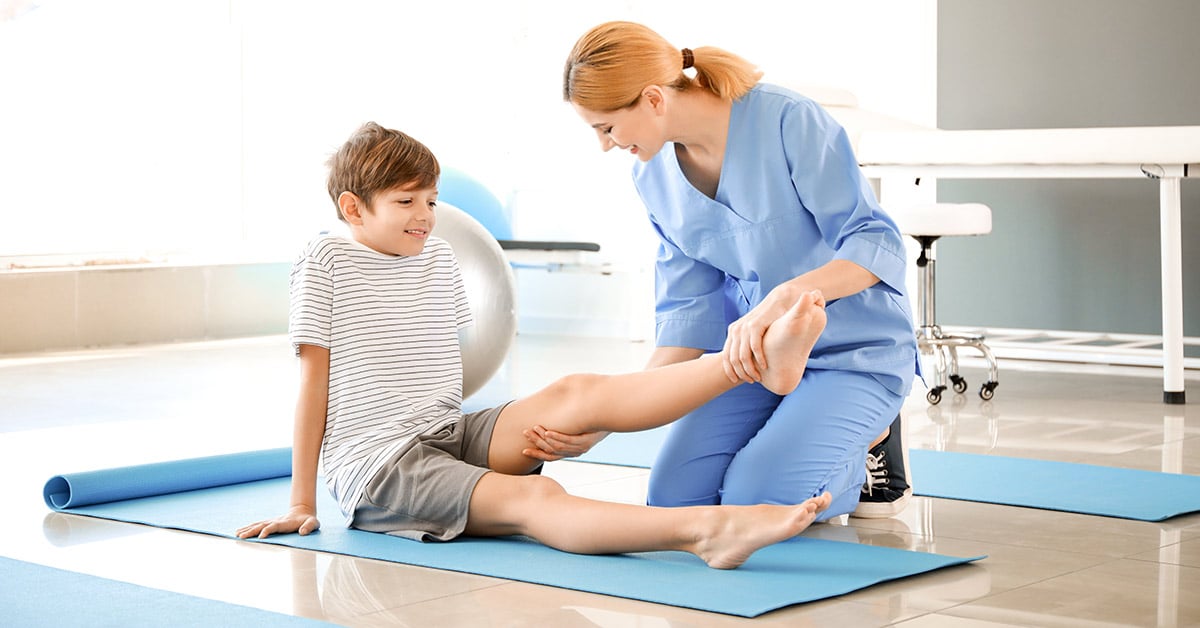Effective Approaches for Reducing Dyspnea in Physiotherapeutic Therapy Appointments
Effective Approaches for Reducing Dyspnea in Physiotherapeutic Therapy Appointments
Blog Article
Breathing difficulties, or difficulty respiration, is a frequent concern that many individuals face, especially those with chronic lung diseases, heart issues, or other health concerns. In rehabilitation therapy appointments, addressing dyspnea is essential for helping clients improve their overall quality of life. By employing specific methods and approaches, physical therapists can assist patients in controlling their respiratory difficulties. Understanding these efficient approaches can empower both therapists and patients to collaborate together more efficiently in overcoming obstacles related to breathing difficulties.
One of the main techniques used to reduce dyspnea in physical therapy is the practice of regulated breathing exercises. These activities often concentrate on diaphragmatic breathing, which promotes patients to use their diaphragm rather than their upper chest muscles when inhaling. This approach helps to increase lung capacity and efficiency. Additionally, pursed lip breathing is another technique that can be helpful. This method requires breathing in through the nose and exhaling slowly through compressed lips, which can assist to keep airways clear longer and render breathing feel more manageable. By incorporating these activities into therapy sessions, physical therapists can provide patients with strategies to control their breathing difficulties both during and outside of their appointments.
Another important element of controlling dyspnea in physical therapy is the creation of an individualized exercise program. Customizing exercises to satisfy the individual needs and abilities of each patient is crucial. Therapists should slowly introduce aerobic exercises, such as ambulating or cycling, in a structured manner, allowing patients to develop their endurance over time. This incremental method helps patients to feel more comfortable with fitness activity while simultaneously improving their lung function and overall endurance. It is vital for therapists to monitor patients carefully during these exercises to make sure they are not overexerting themselves, which could result to increased shortness of breath.
Teaching also plays a significant role in alleviating dyspnea during physical therapy sessions. Providing patients with knowledge about their condition and the mechanisms behind dyspnea can enable them to take charge of their health. Therapists can explain how elements like anxiety, posture, and environmental conditions can influence breathing. By comprehending these ideas, patients can learn to control their symptoms more efficiently. Techniques such as anxiety reduction strategies and proper body posture can further assist in minimizing the effects of dyspnea browse around this website during daily activities and therapy appointments.
In summary, successfully alleviating breathing difficulties in physical therapy appointments involves a combination of breathing activities, personalized exercise programs, and patient education. By applying these efficient approaches, physical therapists can help patients control their respiratory difficulties and improve their overall well-being. Collaboration between therapists and patients is crucial to create customized interventions that address individual needs. With the appropriate support and methods, patients can experience relief from breathing difficulties and participate more fully in their physical therapy journey, ultimately leading to a better standard of life.